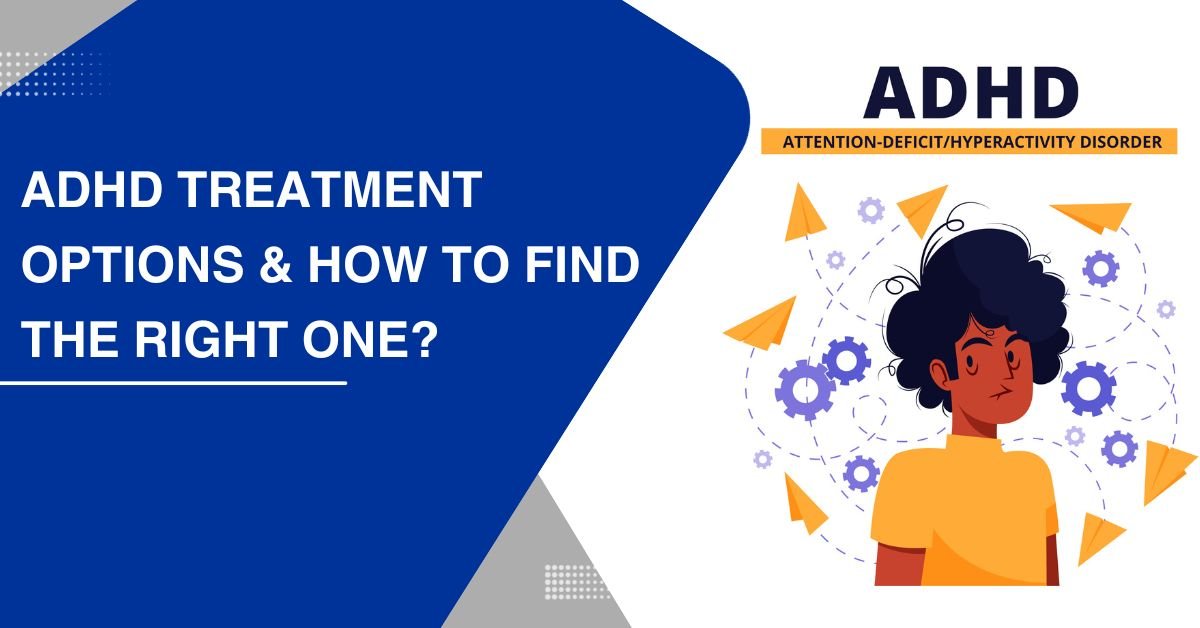Spider veins are small, thin veins that appear close to the surface of the skin. They are often red, blue, or purple and can look like webs or tree branches. While usually harmless, spider veins can cause discomfort and may be a cosmetic concern for many individuals. Understanding the causes, symptoms, and treatment options can help manage and reduce the appearance of spider veins effectively.
Causes of spider veins
Spider veins occur when the valves in the veins become weak or damaged, leading to increased pressure and the pooling of blood. Several factors can contribute to the development of spider veins, including:
- Genetics: A family history of spider veins or varicose veins increases the risk.
- Age: As we age, the valves in our veins may weaken, leading to spider veins.
- Hormonal Changes: Hormonal fluctuations during puberty, pregnancy, or menopause can contribute to the formation of spider veins.
- Prolonged Standing or Sitting: Occupations that involve long periods of standing or sitting can increase the risk of developing spider veins.
- Sun Exposure: Excessive sun exposure can damage the skin and lead to the formation of spider veins, especially on the face.
Symptoms of spider veins
The primary symptom of spider veins is their visible appearance on the skin. They may also cause:
- Mild discomfort or aching in the affected area
- Itching or burning sensation around the veins
- Swelling in the legs or ankles, although less common with spider veins

Treatment Options
Various treatment options are available for managing spider veins, ranging from lifestyle changes to medical procedures:
- Lifestyle Changes
- Regular exercise, weight management, and elevating the legs can help improve circulation and reduce the risk of developing more spider veins.
- Compression Stockings
- Wearing compression stockings can support veins and improve blood flow, helping to alleviate symptoms.
- Sclerotherapy
- This minimally invasive procedure involves injecting a solution into the spider veins, causing them to collapse and fade over time.
- Laser Therapy
- Laser treatments use focused light to target and diminish spider veins. This non-invasive procedure is effective for treating small veins close to the skin’s surface.
Seeking treatment in Singapore
Singapore offers a variety of advanced treatments for spider veins, provided by skilled specialists. Patients can expect high-quality care and personalized treatment plans to address their specific needs.
Spider veins are small, dilated blood vessels that appear close to the skin’s surface, often resembling a spider web or tree branches. They are commonly found on the legs and face and are usually red, blue, or purple. While generally harmless, they can cause discomfort or self-consciousness for some individuals.
Causes
Spider veins develop due to weakened or damaged valves in the veins, which disrupt blood flow and cause pooling. Contributing factors include:
- Genetics – A family history increases risk.
- Prolonged standing or sitting – Reduces circulation.
- Hormonal changes – Pregnancy, menopause, or birth control can affect veins.
- Age – Veins lose elasticity over time.
- Sun exposure – Can cause facial spider veins.
- Obesity – Extra weight puts pressure on veins.
Symptoms
Most spider veins are painless, but some people experience:
- Mild itching or burning
- Aching or heaviness in the legs
- Swelling or cramping
Treatment Options
Several effective treatments include:
- Sclerotherapy – A solution is injected to collapse the vein.
- Laser therapy – Targets veins with focused light to fade them.
- Compression stockings – Improves circulation and reduces discomfort.
- Lifestyle changes – Exercise, elevating legs, and maintaining a healthy weight can help prevent new spider veins.
Consult a dermatologist or vein specialist to determine the best treatment for your needs. Early intervention can improve appearance and prevent worsening symptoms.
Conclusion
Spider veins can be more than just a cosmetic issue; they may indicate underlying vein problems. Understanding the causes, symptoms, and available treatments is crucial for maintaining healthy veins and enhancing overall skin appearance. By seeking appropriate care and treatment, individuals can effectively manage spider veins and improve their quality of life.




